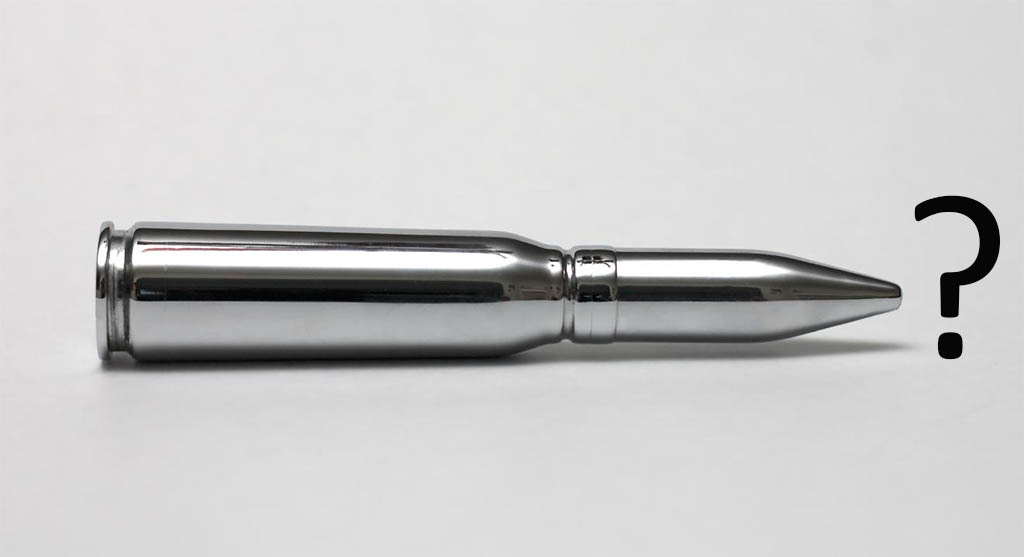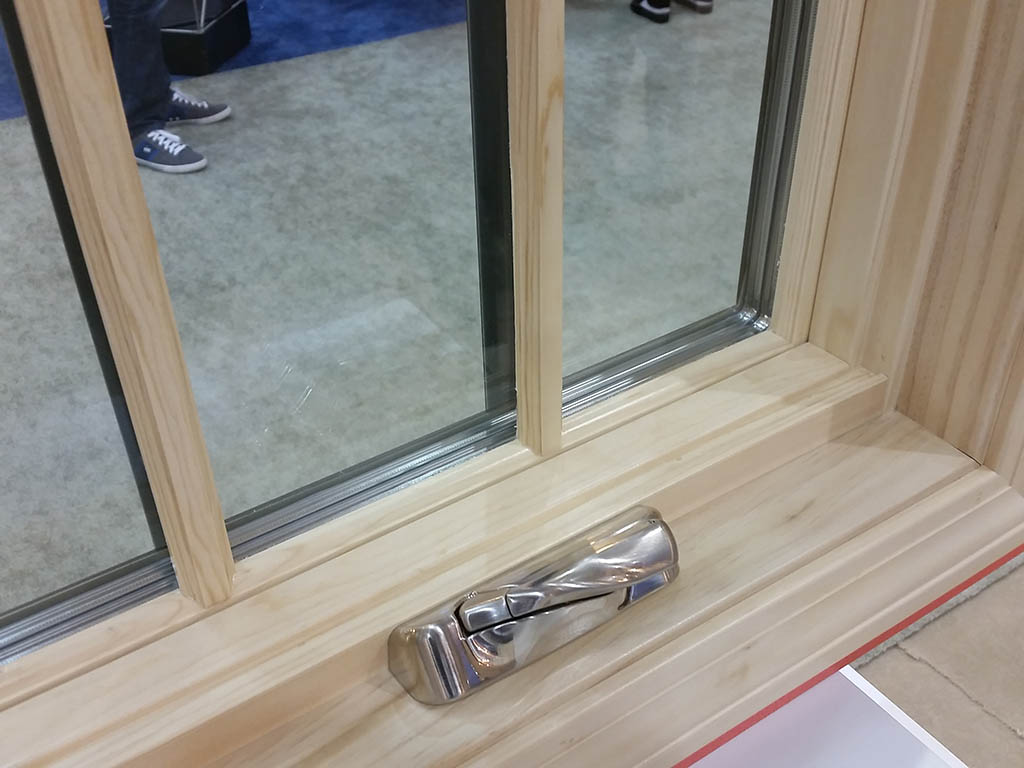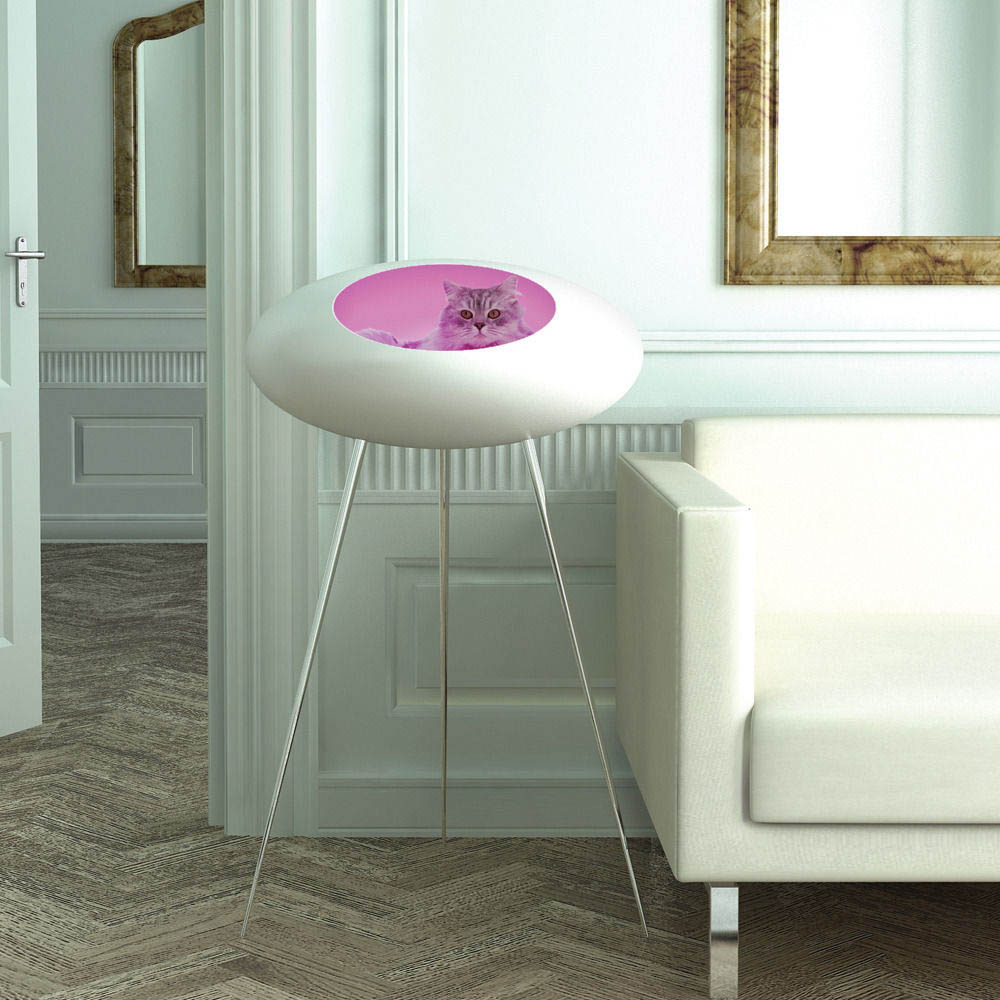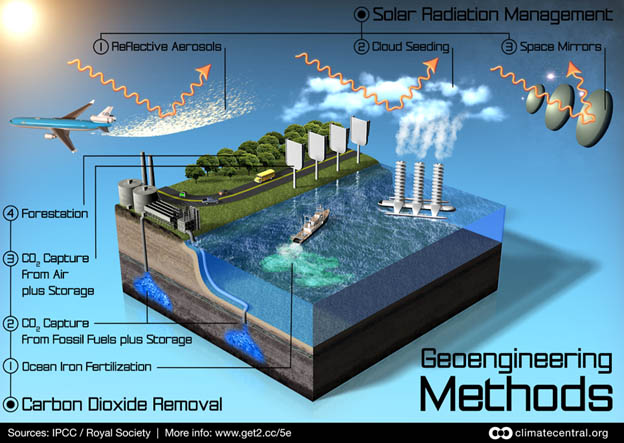
I just returned from Greenbuild, the annual conference and expo for architect, engineers, planners, builders and others involved in the green construction sector. The event, which has grown hugely in size (the opening plenary and dinner were held in the New Orleans Superdome!), was simultaneously over and underwhelming.
I went in part to cover it for the magazine Traditional Home, which has covered my work before. My job was to live tweet the things I found at Greenbuild that might be of interest to Traditional Home readers.
That turned out to be a bit of a challenge as many of the booths were displaying products that, while they were part and parcel of green building, were not photogenic or attention grabbing in obvious ways. (At the best of show announcement, I sat next to an editor, who groaned about the unsexiness of most of the winners, complaining they were making his job harder because they weren’t easy to write about.)

A window, even a triple paned one, doesn’t make for a sexy photo. Photo: David Bergman
I did find plenty to tweet about (like this and this), but the experience reminded me that much of sustainability is not photogenic or headline grabbing. Wind and solar farms can be eye candy, as can futuristic concept buildings and cars. We tend, therefore to glom onto these images and adopt them as the goal, as the silver bullets that will solve our environmental problems.
But they’re not. Not because they aren’t good ideas, but because they are attempts at stand-alone solutions. There are, with the possible exception of a carbon fee, no silver bullet solutions. Our environmental issues are systemic ones and therefore need to be addressed systemically. That’s why a carbon tax is high on the EcoOptimism list. It addresses the systemic conjoined problems of climate disruption and consumption, not with a single “solution” such as solar panels, but by changing the game. By levelling the playing field of energy prices so that carbon emitters no longer get a free ride, it both makes “alternative” renewable energy sources the better economic choice and impacts our consumption patterns.
For instance, travel would probably become more expensive (at least until reliance on fossil fuels diminished) so maybe we’d stick closer to home, spending our money in local economies, having business meetings by Skype and having more time for family and friends. Not a bad tradeoff.
McMansions would become more expensive to heat and cool, encouraging the nascent movement toward smaller, more efficient and more urban homes. Out with two-story foyers and vestigial grand living rooms. In with homes that are better attuned to the ways we actually live. (I can hear the Agenda 21ers screaming now.)
But a carbon tax is not really what I wanted to write about. This post is about the false hope of – the desire for – a silver bullet. Much as I dislike extending the gun metaphor, the better approach is like buckshot. It’s deploying many tactics (yikes, more military terms), including the aforementioned solar and wind farms or the boring mechanical systems that dominated Greenbuild. It’s many tactics that, when taken as a greater whole, comprise a systemic approach: a change in overall strategies and mindsets.
That’s what it will take to solve this multipronged combination of serious problems. No one technical feat or government regulation—excepting perhaps carbon fees — is going to address climate disruption, ecosystem health, human health, social equity and the economy. They’re solvable; as the EcoOptimist, I’d better believe so. But they need to be addressed as intertwined issues, attacked on multiple fronts. (I just can’t seem get away from these military metaphors.)
In that sense, Greenbuild, as visually dull as parts of it may have been, is on the right track by putting lots of mini solutions out there. On occasion they get tied together, as happened with the demonstration house built for the show. Designed and constructed for the Make it Right foundation, the house pulled together ideas ranging from solar panels and state of the art insulation to locally procured furnishings. And the finished “LivingHome” will be dismantled and then reassembled in New Orlean’s Ninth Ward before being turned over to new inhabitants. (Parsons the New School for Design, where I teach, did something similar with its “Empowerhouse” entry in the Solar Decathlon.)

The LivingHome was more photogenic. Photo: David Bergman
These aren’t exactly systemic solutions. A single house can’t be. But they’re steps along the path to rethinking and reanalyzing approaches to problems. Now if we can just please have a carbon fee, the stage will be set for some truly systemic answers.







